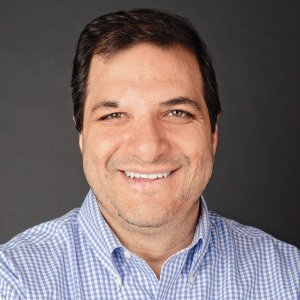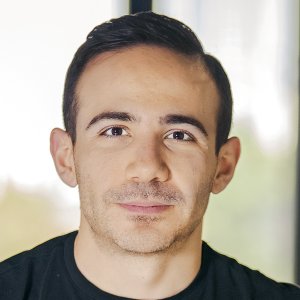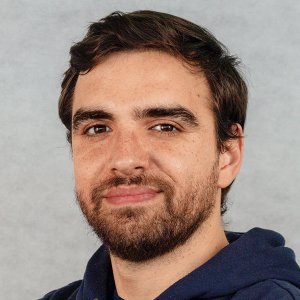Investment Support Needed to Boost Medical Devices Development

STORY INLINE POST
Q: What motivated the creation of ECGlove and what makes it a true innovation for healthcare practices?
A: Our mission is to innovate to save lives and, alongside health providers and technology developers, we have materialized projects to create products and services that fulfill this mission. ECGlove is one of the first projects we developed. The goal was to develop a glove that could indicate the pulse of a patient during an emergency situation. This project became scalable through our alliance with Tecnológico de Monterrey and companies like Pragmatec. Through these alliances, we developed a business model for the company and an offer model for the product. As we developed the product, we realized that taking the pulse of the patient was not the main issue for a health professional in an emergency situation. When speaking with doctors and nurses, their feedback showed that electrocardiograms were their main issue, despite it being a quick process. In Mexico and Latin America, this has become a difficult task due to the lack of proper equipment in hospitals. Through surveys, we realized that patients would wait between 45 minutes and an hour for an electrocardiogram. Times are sometimes shorter if the patient arrives in an ambulance, which sometimes have the necessary equipment for the process.
Through this learning process, we created a glove for general doctors and paramedics, who wear the glove and get an electrocardiogram reading by putting their gloved hand on the patient’s chest. It works whether the patient is conscious or unconscious. Through surveys with patients, we realized that physiologically, doctors create a human link with the patient and this gives the sense of a more complete consultation.
ECGlove allows the screening of some symptoms but it does not substitute other devices, such as two-lead electrocardiograms. It is a tool that facilitates information screening. ECGlove can detect one to five characteristic arrythmias, which are the most common. Doctors can connect the device to a computer, download the file to take the proper measurements using software that we also provide and later print it.
Q: Is ECGlove currently available in the market?
A: ECGlove has been introduced to a number of hospitals in Jalisco as part of the regulatory requirements. We created a program called Pionero ECGlove where medical professionals acquire a membership to be the first to test innovative Soluciones Kenko developments. This has given us capital to continue with developing and to receive feedback from medical professionals. ECGlove has passed preclinical and clinical trials. We are about to receive COFEPRIS approval for a sanitary register. When this process is concluded, we hope to begin commercializing the device. Soluciones Kenko will manufacture the glove and scale it for the market. We are initially targeting the private sector. Public tender processes make it hard for the product to enter the sector. However, we will look at that opportunity in the future.
Q: As healthcare entrepreneurs, what barriers have you faced in Mexico?
A: It has been difficult because the environment in Mexico is fragmented. On one side, you have academia, on the other the government and then there are the private companies. This makes the process of scaling a product much longer.
We were able to raise funds for Soluciones Kenko, which were used to create an environment of innovation and development in which doctors could come to us with their needs and we would develop prototypes to address them. Through this project, we have been able to develop products that have been used for or targeted to the COVID-19 crisis. For instance, through 3D printing, we created a washable mask with an interchangeable filter.
The regulatory processes have also been a difficult experience. COFEPRIS is a harmonized regulatory system, meaning that it integrates different international standards into its approval framework. In a way, it regionalizes other regulatory standards and this puts national providers at a disadvantage. The amount of money, processes and rules you need to have to comply with COFEPRIS’ requirements portray a very harsh landscape for entrepreneurs. Moreover, the regulatory process has very clear rules for pharmaceutical developments but these have only recently been adapted for medical devices. There are many areas of opportunity to improve and adapt to the reality of the medical devices sector in Mexico. We know that many barriers are coming but anyone will be passed thanks to our team. These incredible people with a mindset to do the best for the health system.
Q: How can Mexico boost innovative healthcare projects?
A: There needs to be a bridge between research and the first prototype trials. This is the hardest step for us. The ROI from a medical project can take years and there are not many companies supporting these developments. Investors need to assume the risk and investment and we understand that. However, there is a need in Mexico for programs that encourage and promote innovation in technology.
Soluciones Kenko is a Mexican company that improves care processes in the health sector through technological innovation. It created ECGlove, the first wearable glove that indicates the state of a patient’s heart in an emergency situation








 By Miriam Bello | Senior Journalist and Industry Analyst -
Tue, 11/24/2020 - 12:00
By Miriam Bello | Senior Journalist and Industry Analyst -
Tue, 11/24/2020 - 12:00















